Lesson 6: Making Presentations
Lesson 6
Making Presentations
AAC Self Study Course

AAC Self Study Course

|
You may be asked to give presentations on a range of topics about communication access rights and using AAC. This lesson will give you tips for making presentations. |
 |
|
Presentations about your personal experiences are very valuable. You can help people understand what it is like to use AAC in everyday life. Remember to speak about what you know. It is important to tell people that you are sharing your own personal opinions and experiences. Other people who have communication disabilities may have different views. |
 |
|
Presentations about different types of communication disabilities and accessibility laws, policies and procedures should be done together with CDAC or a Speech Language Pathologist. This is especially important for presentations to essential services such as healthcare, legal and justice services and emergency responders. This is because these services need to be accessible not only to you, but to others who have communication disabilities. |
 |
|
Ask:
|
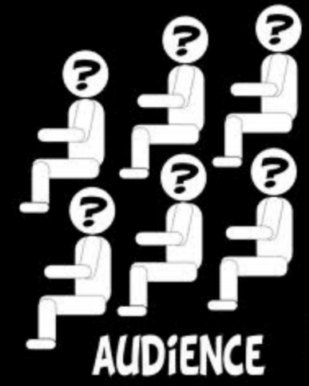 |
|
Ask:
|
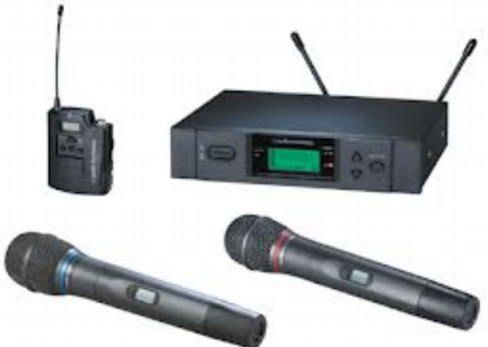 |
|
Ask:
|
 |
|
 |
|
 |
|
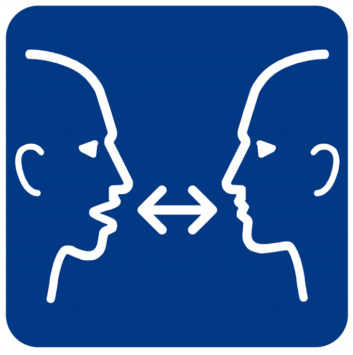 |
|
|
|
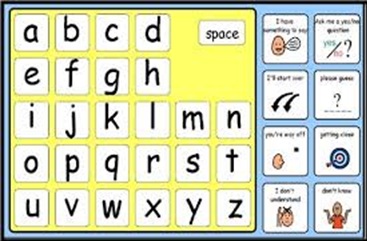 |
|
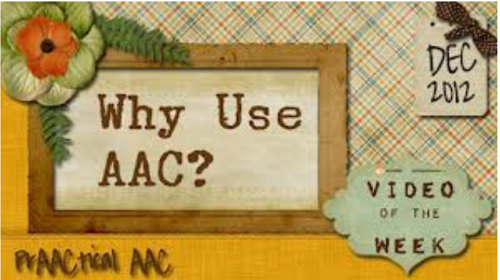 |
|
 |
|
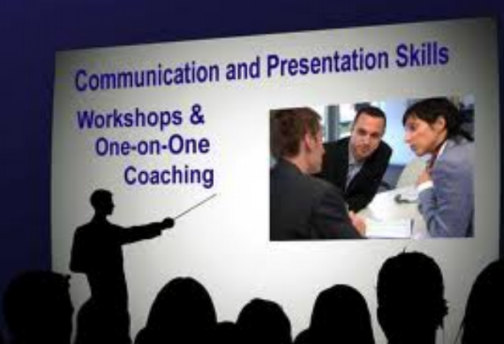 |
|
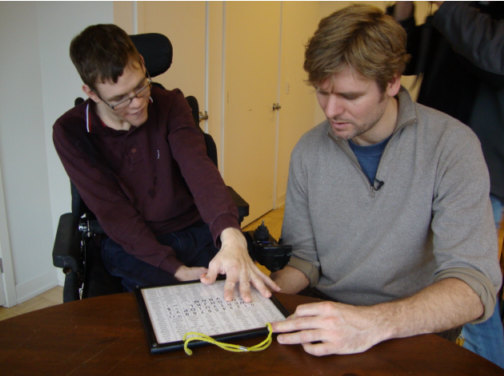 |
|
|
|
|
You have finished lesson 6.
Tell us what you think by completing this quick survey.
Take our survey to tell us what other lessons you would: